How to plant early spring tomatoes? Cultivation Techniques of Early Spring Tomato Shed in Qinggang County
Tomato is rich in nutrients and is very popular with consumers. It can be eaten raw or cooked. It has a good market prospect and is grown in almost every household in the countryside. Today, Xiaobian tells you about the early spring tomato shed. Room cultivation techniques, I hope to help the growers.
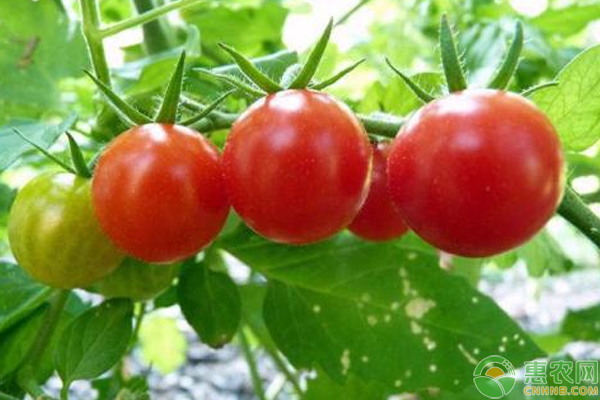
    1 variety selection
Good seed quality is a key factor for high yield of tomato. Therefore, there are three principles to follow when selecting a variety: one is to choose a variety with strong growth and strong resistance; the other is to choose a variety with good yield. Selster, Huang Luoman, Yu Fan No. 1, etc.
    2 sowing seedlings
The tomato seedlings in the early spring sheds of Qinggang County are generally carried out in mid-January. At this time, the temperature of ordinary plastic greenhouses and solar greenhouses cannot meet the needs of nursery. When raising seedlings, a small arch shed can be used in the heating greenhouse.
    2.1 Strong seedling standards
When planting, the seedling size is the same, the plant height is 20~25 cm, the stem diameter is 0.6~0.8 cm, the leaves are dark green, the first inflorescence is more than 70% buds, the main root apical roots are white and the root hairs are more, no pests and diseases.
    2.2 Preparation of nutrient soil
The nutrient soil is prepared according to 60% of the field soil (no long-acting herbicide has been applied, no solanaceous crops have been planted within 2~3 years) +30% fully decomposed farmyard manure + 10% finely divided slag, mixed and sieved, then added with diammonium phosphate The equivalent amount of 1.0~1.5 kg/m 3 , 40% pentachloronitrobenzene and 50% thiram double wettable powder is 8~10 g/m 3 , and the pH value of the prepared nutrient soil is between 5 and 7. The pH value of the nutrient soil is <5, and quicklime can be added for proper acid adjustment. The prepared nutritious soil is placed on the nursery bed, the thickness is 10~15 cm, and then the bottom water is poured into the state to be broadcasted.
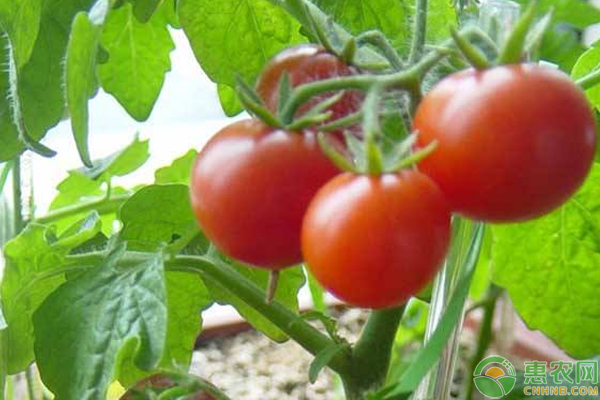
    2.3 Seed treatment
3~4 days before sowing, place the seeds in a sunny place outside the sun for seeding, then place the seeds in warm water at 50~55 °C for soaking and soaking. During the soaking process, the surface of the seed should be removed by hand to increase the respiration of the seed. After soaking, drain and place it at 28~30 °C for germination. After 2~3 days, more than 75% of the seeds can be sown.
    2.4 Sowing
The amount of tomato seeds in the greenhouse is 450~750 g/hm 2 , and the seedbed can be planted 10~15 g/m 2 . Before planting, warming is carried out in the greenhouse to maintain the temperature at about 25 °C. Then the treated seeds are evenly spread on the nursery bed, covered with fine soil, covered with mulch, and the heating chamber is used to warm the greenhouse. Warming, the temperature of the nursery shed is maintained at 28~30 °C during the day and 22~25 °C during the night to promote emergence.
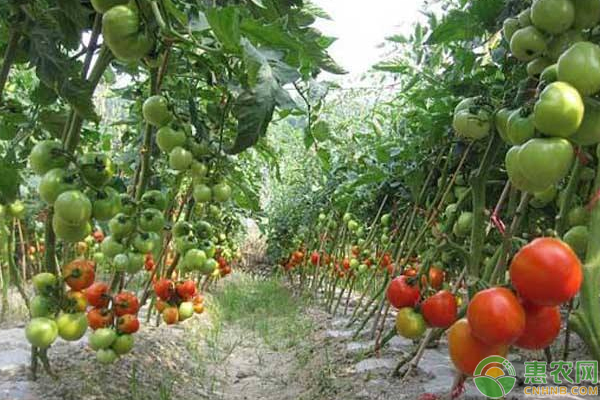
    2.5 Seedling management
When about 70% of the seedlings are unearthed, the mulch is removed in time, and the air is briefly ventilated at noon when the sun is sufficient. The temperature between day and night is kept between 22~25 and 15~18 °C, and the humidity is controlled at about 65% to prevent the temperature from being too high. And excessive humidity caused the emergence of young seedlings and early disease. When the seedlings grow to 3~4 true leaves, they are transplanted into the nutrient bowl for management. The temperature was promoted to promote slow seedlings, and the temperature of day and night was maintained at 28~30 and 18~20 °C respectively. After slow seedling, the seedlings were promoted to promote root development, and the temperature between day and night was maintained between 20~22 and 13~15 °C. The humidity is maintained at 60%~70%; low temperature refining is carried out 1 week before planting to enhance the low temperature resistance of seedlings and the survival rate after colonization, and the temperature between day and night is maintained between 18~20 and 10~15 °C.
    3 Reasonable close planting
    3.1 Preparation before planting
10~15 days before planting, combined with land preparation, fertilization of farmyard manure 90~120 m 3 /hm 2 , 51% potassium sulphate ternary compound fertilizer ( 17-17-17 ) 600~750 kg/hm 2 , screwed into 30 cm In the plough layer, the ridge will be 100 cm long and then covered with mulch film, drip irrigation, and large water ostomy, ready for planting.
    3.2 Colonization
After the sputum, a single hole was opened according to the equal spacing of 24 cm, and then the seedlings were placed in the hole for watering. After the water was infiltrated, the soil was covered and the large ridge was used for single planting.
    4 Post-plant management
    4.1 Reasonable temperature control
After planting, the temperature is mainly increased, and the temperature between day and night is maintained between 30~32 and 20~22 °C, which promotes root development and promotes slow seedling speed. After slow seedling, it controls vegetative growth, promotes reproductive growth, and coordinates 秧 and fruit. Mainly related, the temperature of day and night is kept between 20~25 and 13~15 °C, and the humidity is controlled between 60%~70%. During the fruit expansion period, the temperature is increased appropriately, the temperature difference between day and night is extended, the fruit is expanded, and the fruit is enhanced. Mainly coloring, the air outlet should be opened early and closed at night, so that the temperature of day and night is maintained between 25~28 and 13~15 °C. When the ambient temperature is stable at 15 °C for 5~7 days, it can be ventilated day and night.
    4.2 Water supply on demand
5~7 days after planting, the seedling water is poured once, so that the soil moisture is kept at about 75%; after the seedling water is over, the water is appropriately watered according to the growth of the plant, and the watering is mainly based on small water to prevent the ground temperature from being too low to cause root growth. influences.
    4.3 Rational application of fertilizer
The first is to promote roots and protect the roots. After 5~7 days of planting, the seedling water was poured once, and the chitin was applied with water for 45~75 kg/hm 2 . The second is to protect the leaves and raise flowers. Before flowering, watering with water and high-phosphorus water-soluble fertilizer (15-30-15+TE) 120~150 kg/hm 2 was applied. The third is micro-fertilizer. Spraying speed-learn boron 1 000~2 000 times before flowering, spraying 1 000~1 500 times solution of sugar alcohol after flowering to prevent boron deficiency and calcium deficiency from adversely affecting plant growth and fruit development. The fourth is to promote fruit enlargement. Each ear grows to the size of the walnut, combined with watering, with chitin 75~120 kg/hm 2 and 50% high potassium water-soluble fertilizer ( 10-5-35 ) 60~75 kg/hm 2 , while the leaf surface Spraying with 235 g/hm 2 of potassium dihydrogen phosphate to 225 kg/hm 2 of water was carried out.
    4.4 Plant adjustment
In the early spring of Qinggang County, the tomatoes were mostly single-pruned, and each plant retained 4 ears of fruit. The remaining side branches were all removed. Three leaves were left above the fourth ear fruit for topping. When each panicle entered the color change, the leaves under the fruit were removed and the ventilation was increased. Pass the light surface to promote the color change of the fruit.
    5 Harvesting and clearing garden
After 35 to 40 days of flowering, the tomato can be matured. It should be harvested and marketed as soon as possible. After pulling, the leaves and leaves should be removed in time to prevent the growth of pathogens and affect the growth of the crops.
Tomato cultivation can be divided into seasons, usually in early spring or autumn planting. In daily life, most farmers choose early spring planting in order to get early tomato market time, but it is necessary to strengthen the management of the garden during early spring planting due to climate reasons. The above is a detailed early spring planting technique that you can collect.
Instant Kelp Series
The fast pace of life needs the adjustment of delicious taste. "Hai Zhi Bao" instant Kelp Crisps is the best choice undoubtedly. It is convenient to eat, healthy ,delicious and crispy like ships.It`s the best snacks when travel,hold parties and other good moments
The benefits of kelp include lowering blood pressure, preventing diabetes, anti-cancer properties, bone health, improved constipation, recovery from fatigue, healthy hair, dry skin and aid in weight loss
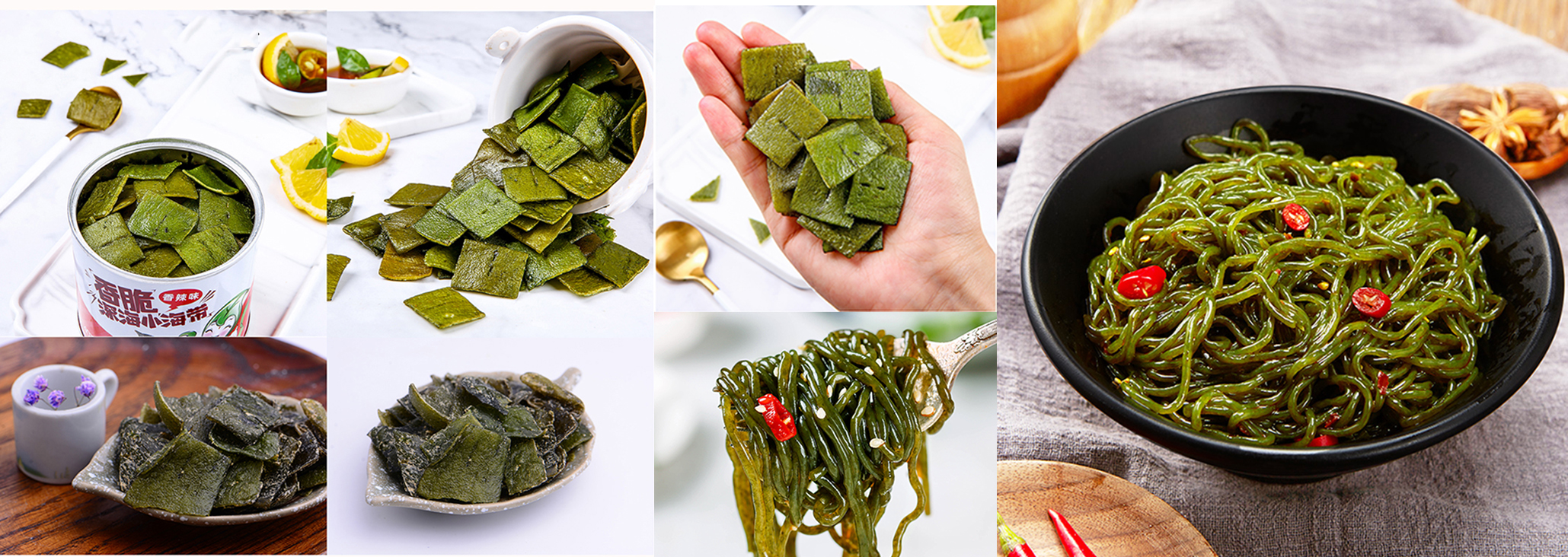
The difference between deep sea kelp and traditional ordinary kelp

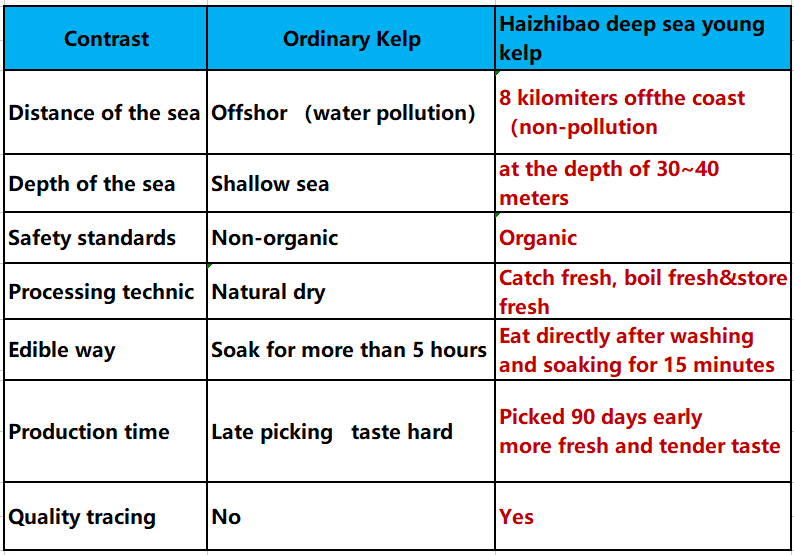
Nutrational Effects
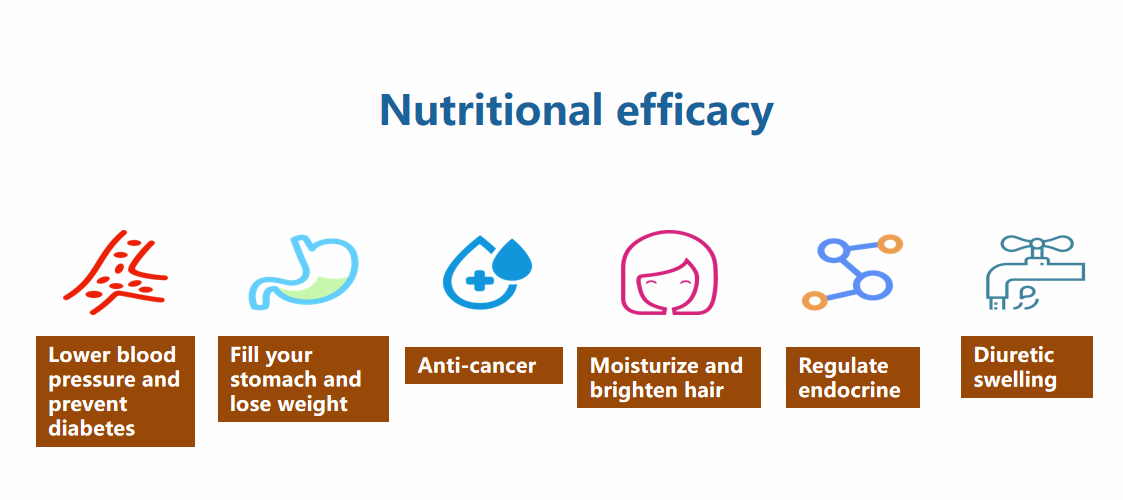
Instant Kelp Series,Dried Kelp Food,Alga Kelp,Vegan Seaweed
Shandong Haizhibao Ocean Science and Technology Co.,Ltd. , https://www.haizhibaoseafood.com